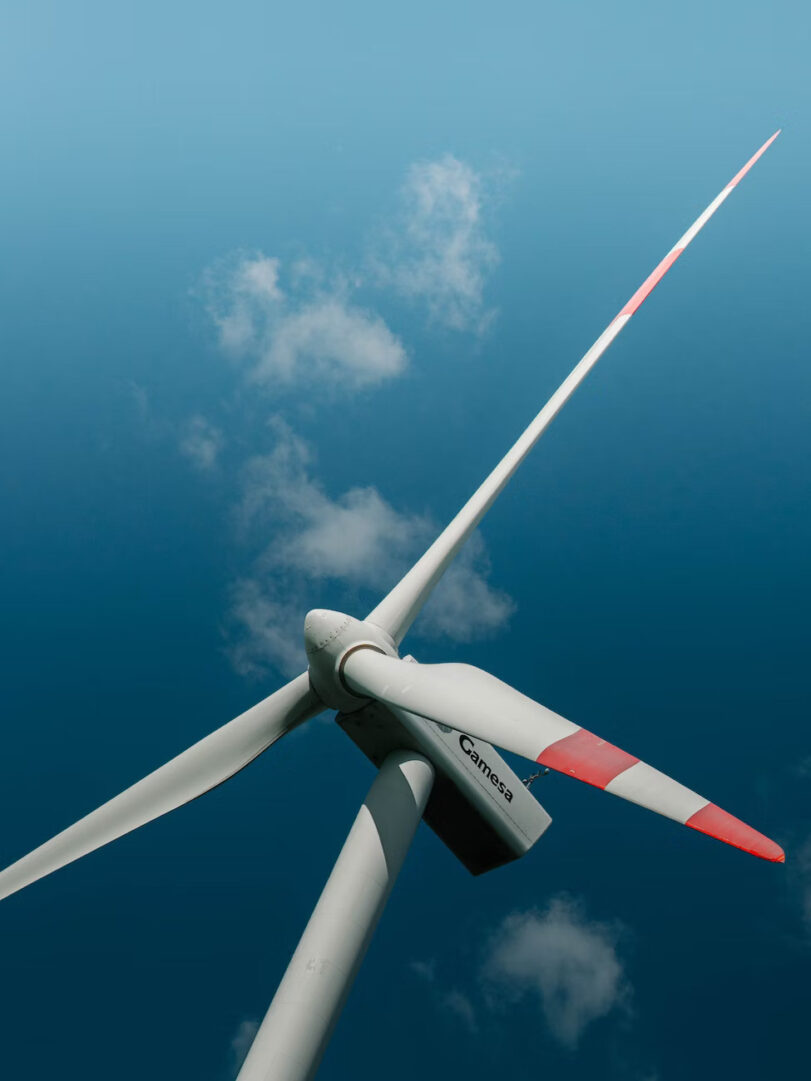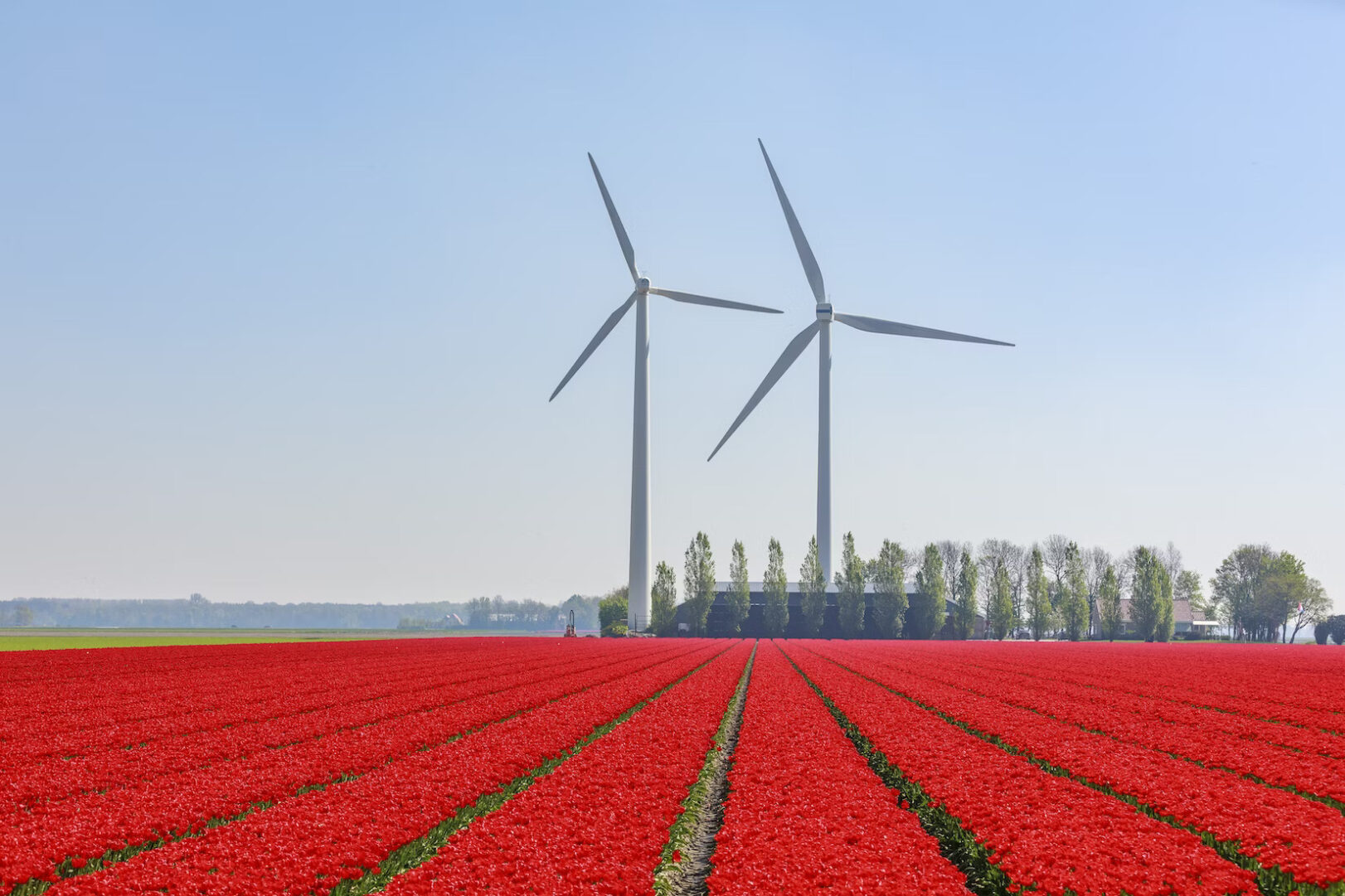Wind energy is a wonderful thing! It uses the power of the everlasting wind other forms of clean energy, have yet to take the lead. Simply put, fossil fuels are cheaper, even with the massive amounts of energy necessary for extracting, transporting, and refining. Not only is the infrastructure already in place, but fossil fuels provide a huge amount of energy per unit, making them profitable in the short term. This is why federal incentives for renewable energy exist, to make them more competitive. But with wind turbines becoming more efficient, some countries are doing away with the subsidies as wind companies are now able to turn a profit without the incentives.
Determining the payback time of a wind turbine can be complicated. It depends on several factors, including the cost of the turbine, its power output, and the price of electricity. In the example used in this article, we calculated the payoff time for a 2.6 MW turbine to be about 6 years and 7 months.
The Cost of A Wind Turbine
they’re made of special composite materials. The sensitive machinery within the nacelle can take up over half the manufacturing costs.
Transporting and installing wind turbines is a difficult task. While the giant tower and gearbox can be transported in pieces and assembled on-site, the blades must be transported whole. Shipping costs are higher for oversized loads, and entire roads might be shut down to ensure a safe passage. Wind farms are usually installed in remote areas, and so infrastructure like access roads, power stations, and distribution lines must be built to accommodate their construction, which adds to the overhead costs.
Once installed, operations and maintenance costs must be factored in. This consists of legal and administrative fees, costs for repairs and check-ups, fees for land use, and several other expenses. O&M is the smallest part of the total cost, and it’s getting cheaper as newer and better-engineered turbines become the norm.
All in all, the average 1.5 MW to 3 MW turbine will cost around $1 million per MW. If we assume the average turbine lifespan to be about 25 years, the average turbine will cost around $37 per MW/h of power generated throughout its lifetime.

Return on Investment
So let’s say we have an onshore 2.6 MW turbine, which according to the NREL, costs $37 per MWh to build and operate for a time frame of 25 years. We’re going to use a simplified version of their stats to calculate the payback time. The total costs of the turbine are as follows:
| Cost per MWh | Total Cost | |
| Manufacturing & Construction | $25.2 | $2,352,420 |
| Operations & Maintenance | $11.5 | $1,073,525 |
| Inflation | $0.3 | $28,005 |
| Total Cost | $37 | $3,453,950 |
Manufacturing and construction are the initial costs, while O&M and inflation are ongoing costs that won’t take effect until the turbine is in operation. The initial costs are what we are going to pay back, while the ongoing costs will be subtracted from our yearly revenue for the entire life of the turbine.
The turbine has a life expectancy of 25 years and is expected to generate 3,734 MWh per year. We can use the average price of electricity in the US to estimate how much revenue the turbine will generate yearly.
| Yearly Energy Output | 3,734 MWh |
| Average Price of Electricity in US (All Sectors, May 2021) | 10.65¢/kWh |
| Yearly Revenue | $397,671 |
Now, we have to subtract the yearly costs. Operations, maintenance, and inflation take effect once the turbine is constructed and in operation. So we divide these costs over the course of 25 years and subtract them from the yearly revenue.
| Yearly Gross Revenue | $397,671 |
| Operations & Maintenance | $42,941 |
| Inflation | $1,120.20 |
| Yearly Net Revenue | $353,609.80 |
Now that we have the yearly net revenue, we can divide it by the initial manufacturing and construction costs to get our payback time.
| Manufacturing & Construction | $2,352,420 |
| Yearly Net Revenue | $353,609.80 |
| Payback Time | 6 years 7 months |
It would take about 6 years and 7 months to pay off the initial costs to manufacture and install the turbine. Afterward, the turbine will generate electricity freely for another 19 years. Of course, O&M and inflation will always be expenses, no matter how long the turbine is in operation.
Payback Time in the Real World
This example, while detailed, is a simplified version of a true cost analysis. The actual payback time can fluctuate widely and depends on several factors. Location is a major determinate of the ROI of a wind turbine. The cost of manufacturing, construction, and transportation all depend on the local price of raw materials and labor. The average wind speed at the site determines the performance of the turbine: the faster it spins, the more electricity it produces (up to a point). The local price of electricity, which is constantly changing, determines how much revenue the turbine pulls in.
In places where electricity is pricey, but labor and material costs are low, you can expect a quick return on your investment. If labor and materials cost more, but electricity is cheap, the payback time can be much longer.

Subsidies
With the effects of the climate crisis looming over us, governments around the world are increasingly seeing the value of renewable energy. Many countries offer financial incentives to homes, businesses, and utilities that wish to install wind turbines. This can significantly affect the initial cost of the turbine as well as the payback period and return on investment.
The US provides tax credits for wind installations on a per kWh basis. This allows wind farms to cut some of their costs by deducting the amount of taxable revenue per kWh of electricity sold annually. The US government also provides one-time tax credits that cover a portion of the initial cost. These credits are awarded once the turbine is placed into service. If your home were to generate more electricity than it uses, via a home wind turbine, then pumping this surplus power back into the grid could even trigger net metering benefits, too.
Several other nations, like the UK, China, and Japan, are known to subsidize the manufacture and installation of wind turbines. In countries where fossil fuels must be imported, subsidies allow wind energy to be competitive with coal and natural gas. In Europe, the wind industry is so profitable that subsidies are being phased out.
Environmental Payback
While this article focused on the economic return for wind turbines, there’s also the concept of environmental payback, or the time it takes to offset the carbon used to manufacture and install the turbines. Unlike the economic payback period, the time it takes to offset the carbon footprint of a wind turbine is rather quick.
In 2014, and disposing of the turbine once it’s decommissioned. They found that manufacturing the turbines and procuring raw materials like steel, concrete, and carbon fiber, constituted the majority of the environmental impact of the turbine. According to the study, the energy consumed by these processes would be paid back in a manner of just 6 months. In a worse case scenario, where the turbines don’t perform as well as expected, the energy payback time will be around a year.
Read also: Analysis of Onshore and Offshore Windpower
Conclusion
As with any investment, getting a good return is crucial. Wind turbines are no different. For the example in this article, we found that a 2.6 MW turbine will take about 6 years to recoup the initial investment. This seems like a reasonable timeframe, but in reality, the payback period could vary significantly. The price of raw materials, labor, and electricity all factor into the total costs of the turbine. Whether or not government subsidies are available could make or break the economic viability of a wind project. In many places, subsidies and incentives are necessary for wind energy to be competitive with fossil fuels. But as wind turbines become more efficient, not only will they become cheaper to build, but they will also produce more energy, thus increasing the return on investment.
Frequently Asked Questions
How long does it take a wind turbine to pay for itself?
The payback period of a wind turbine can vary depending on several factors. In this article, we calculated that a 2.6 MW turbine would take 6 years and 7 months to pay for itself.
What factors influence the payback period of a wind turbine?
The costs of labor and raw materials, transportation costs, the price of electricity, and the overall performance of the wind turbine all affect the payback period.
Why are government subsidies necessary for wind energy?
In many places, the cost of wind energy is still not competitive with the price of electricity generated by other sources, namely fossil fuels. Government subsidies help lower the cost of wind farms and bring them to a more affordable price level.
What is the environmental payback period?
The environmental payback period is the amount of time it takes for a wind turbine to generate the amount of energy used during manufacturing and installation. For most wind turbines, the time it takes to offset this energy use is between 6 months to a year.









